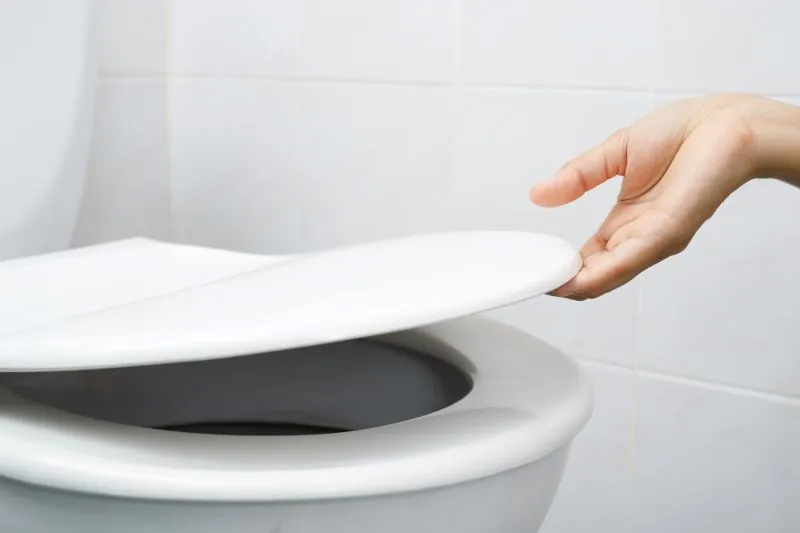Hello everyone! We are going to talk about a new technology that is gaining popularity – antimicrobial seats for toilets. Consumers and toilet seat manufacturers are both interested in this type of product. This is an innovative technology that will improve our health and hygiene.
What is an antimicrobial seat for toilets?
Antimicrobial toilet seats, as their name implies, have the ability to suppress or resist the growth of bacteria and fungi. Manufacturers have developed this type of toilet seat by using antimicrobial technology to create a cleaner and healthier toilet environment.
Does antimicrobial toilet seats repel bacteria?
Absolutely. Antimicrobial toilet seats use special materials or treatments to stop bacteria from spreading on their surface. It is important to protect toilet seats that are used in family bathrooms and public restrooms. They are exposed to a variety of microorganisms every day.
How is antimicrobial toilet seat made?
Addition of antimicrobial agents in the manufacturing process is key to creating an antimicrobial seat. AntibacMax is an inorganic agent that can be easily integrated into the manufacturing process of a toilet seat. AntibacMax can be added to standard production procedures in proportions and according to the recommended dosage. This will give you toilet seats that have antimicrobial properties and effectively prevent bacteria from growing.
What is inorganic antimicrobial agent?
Inorganic antimicrobials are substances that do not contain carbon and inhibit the growth microorganisms. Typically, they work by interrupting germs’ vital processes such as reproduction and metabolism. Silver ions, copper and certain metal oxides are examples of common antimicrobial agents. These agents are known for their effectiveness and longevity, and resist to high temperature. They are used to protect products that require long-term antimicrobial protection, or need to stand high temperature during production or during use, such as toilet seats.
How to test the antimicrobial effectiveness of the antimicrobial toilet seat?
Testing the antimicrobial effectiveness of an antimicrobial toilet seat is a meticulous process. Its primary aim is to ascertain the percentage reduction of bacteria after applying the antimicrobial.
Standard tests like the ISO 22196 and the Japanese Industrial Standard Z 2801 (JIS Z 2801) are often used to measure the antimicrobial activity. These tests involve applying the bacterial strain on the surface of the toilet seat and then allowing it to incubate over a specific period. Afterward, the sample is evaluated and the decrease in bacteria count is noted.
In terms of the implementation of AntibaMax, the right proportion is key in achieving the desired antimicrobial effect. Studies have shown that when used in the appropriate quantities, AntibaMax can reach a 99.9% reduction in bacteria on the toilet seat.
Results are usually reported as the logarithmic reduction, which represents the percentage reduction from the original count. It’s also important to remember that test results could vary depending on the type of microbes used, the test methods, and the incubation conditions.
So, by strictly following these recognized standards and adhering to the appropriate usage of AntibaMax, one can effectively determine, control, and maintain the high antimicrobial rate of a toilet seat.
About Langyi
As an expert in antimicrobial area, Langyi has focus in this area for more than 10 years and accumulated experience in various applications, such as plastics, films, coatings, textiles. AntibacMax antimicrobial agents are series of inorganic agents developed and manufactured by Langyi. Also Langyi have built an antimicrobial testing center in Shanghai to help customers test the products added with AntibacMax. For more information about the products, please feel free to contact us.


-300x210.jpg)
